What is Ultrasound?How can ultrasound detect scratches and measure the shape of objects?
Ultrasound technology is used in a variety of products, including industrial machines and medical devices. If we use ultrasound wisely, it is possible to perform various activities, such as measuring distances between objects and grasping shapes.
So, how does ultrasound make these things possible? This article will explain some characteristics of ultrasound and the products that make use of the mechanism of ultrasound.
★A piece of trivia
There are some animals that live by making use of ultrasound wisely. For example, bats look for food or maneuver around obstructions in dark caves using ultrasound emitted from the throat while dolphins communicate with other dolphins by using ultrasound emitted from the forehead.
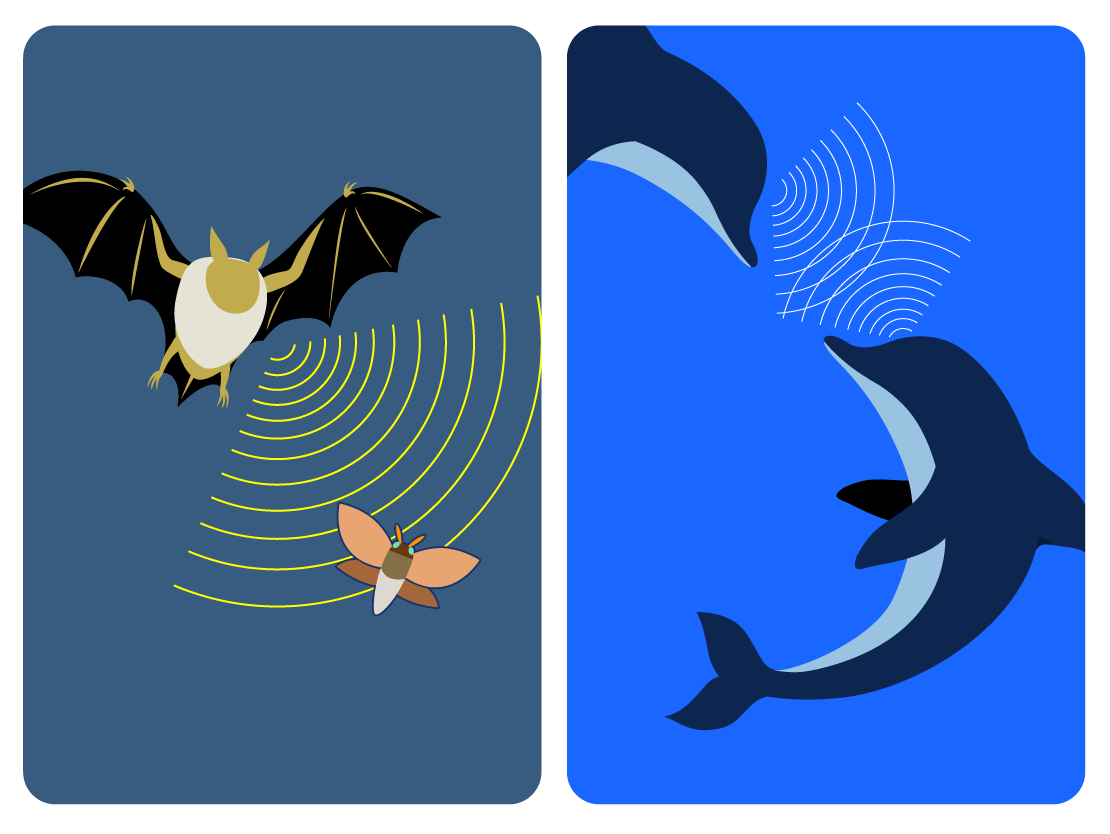
What is "Ultrasound"?
Sound is "vibration transmitted from a vibrating object". When an object vibrates, that vibration is propagated through a medium such as air and water to transmit the sound. For example, when you beat a drum, the skin of the drum vibrates. At this time, the skin pushes and pulls the air around in synchronization with the vibration. When the skin dents, the air around the skin is stretched, resulting in the air density decreasing (This state is called "rarefaction"). On the other hand, when the skin bulges outward in the opposite direction, the air around the skin contracts, resulting in the air density increasing (This state is called "compression"). This variation of air pressure is propagated as a wave through the air.
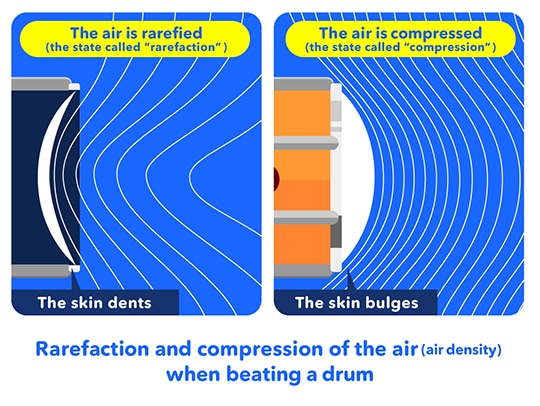
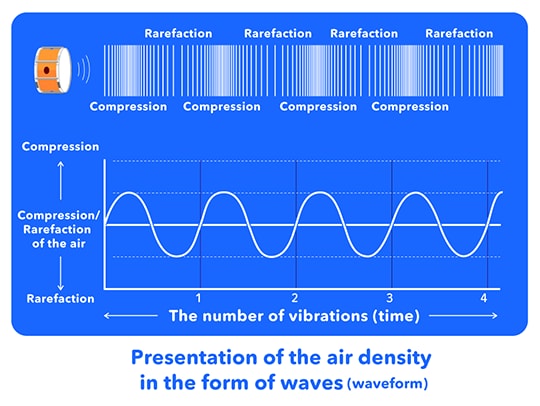
This wave of sound is called "soundwaves", which is received by our ears to vibrate the eardrum, an organ for listening to sounds, so that we can perceive the sound. Conversely, no sounds can be perceived in a space, such as outer space, where there is no transmission medium, such as air and water, present to propagate soundwaves.
The speed of vibration, i.e., the pitch of sounds, is called "frequency" and is represented by a unit called "Hz (hertz)". When soundwaves vibrate with high frequency in a short period of time, it makes a high pitch sound. On the other hand, soundwaves with infrequent vibration make a low pitch sound. The range of sounds audible to human ears is called "audibility range", which is said to be between 20 Hz and 20,000 Hz (20 kHz). Any sound with frequency higher than the human audibility range is called "ultrasound". The graph below shows the number of vibrations and the pitch of the sound presented in waveforms.
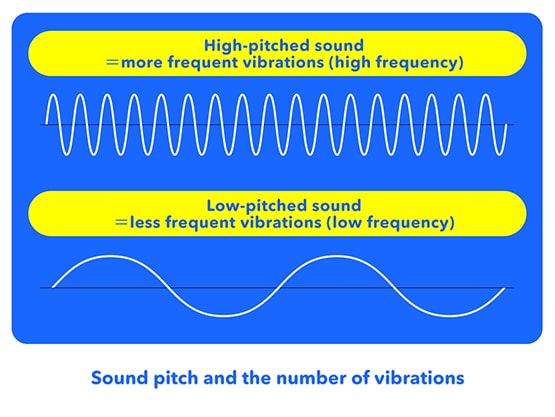
By taking advantage of the different characteristics of ultrasound, we can make many activities possible.
Ultrasound travels straight and bounces back
Unlike light, ultrasound has high transmissibility even in solid substances. Since the sound propagates while vibrating objects, it travels faster in solid substances with higher density. The speed of sound is called "sound velocity", which is faster in harder substances. For instance, sound travels faster in water than in air, and faster in metal than in water.
| Density | Sound velocity | |
|---|---|---|
| Air | Approx. 0.0012 g/cm3 | Approx. 340 m/sec |
| Water | Approx. 1 g/cm3 | Approx. 1,500 m/sec |
| Steel | Approx. 8 g/cm3 | Approx. 5,900 m/sec |
Moreover, one of the characteristics of ultrasound is to bounce when hitting objects with different properties. For example, when a sound traveling in the air hits a hard object, as in the echo heard in the mountains or when a sound traveling in hard metal hits a layer of the atmosphere, the sound would bounce back. Furthermore, the "directionality" (a characteristic that the wave strength of the sound/light differs depending on the direction from the source) of the ultrasound with higher frequency is high, thus, the sound does not diffuse as much, but rather, it travels straight in a narrow range like a beam.
Using those characteristics, things like inspection devices and fish-finders have been manufactured. An inspection device would detect flaws and cracks inside metal parts/iron frames invisible from the outside without the need to destruct anything. A fish-finder is used to look for a school of fish under the sea. The ultrasound transmitted from a device travels straight through the substance or through the water, and hits objects having different properties, such as a thin layer of air generated around a crack or a school of fish. There it would bounce, which would then be detected by a sensor. A waveform of the reflected ultrasound is processed and displayed in an easily understandable way as an image on a monitor screen.
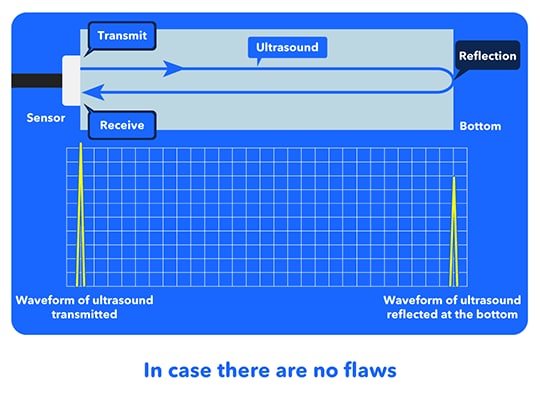
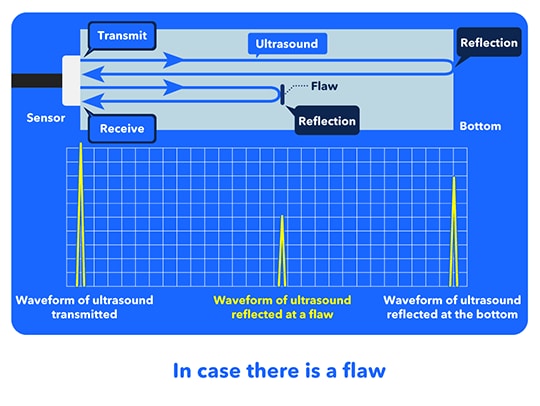
Mechanism of an inspection device to find flaws using ultrasound
★A piece of trivia
The echo (ultrasound exams) is used to examine babies in the mother's womb or the conditions of organs in the body. Here, ultrasound is applied to an organ, and then an image is created based on the reflected ultrasound. The ultrasound that is harmless to human bodies is proactively used as a technology of medical devices.
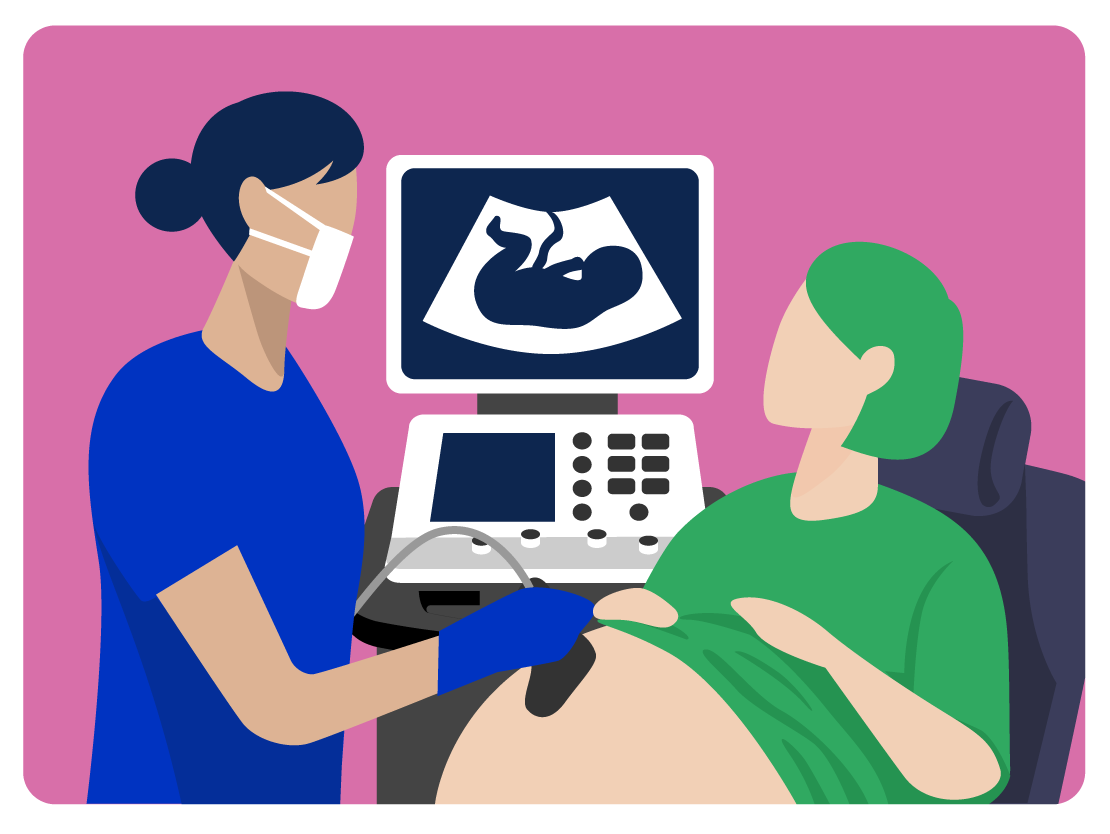
Using ultrasound, we support making people's lives healthier, safer and more fulfilling.
Olympus has produced many products that use ultrasound.
For example, the "ultrasound endoscope", which is inserted into a body part, such as a patient's stomach to conduct testing in the proximity of the target organ using ultrasound, receives less interference from air and fat inside the abdomen, as compared to an exam where ultrasound (echo) is applied from the body surface. Because of this, it is said that more detailed exams have been made possible. In addition, there is an ultrasound scalpel used for surgical treatments which takes advantage of frictional heat energy generated by ultrasound vibration. It is used in endoscopic surgeries where only a few small holes are made without having to make a large incision on a patient's body.
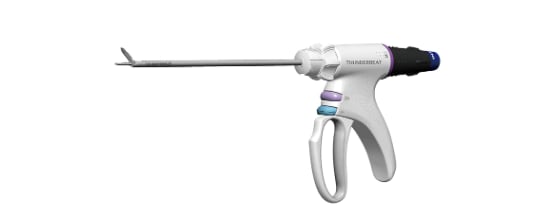
Energy device for surgeries using ultrasound vibration and high frequency electric technology
As seen above, Olympus is striving to play a part in making people's lives healthier, safer and more fulfilling through our products that use ultrasound technology.

